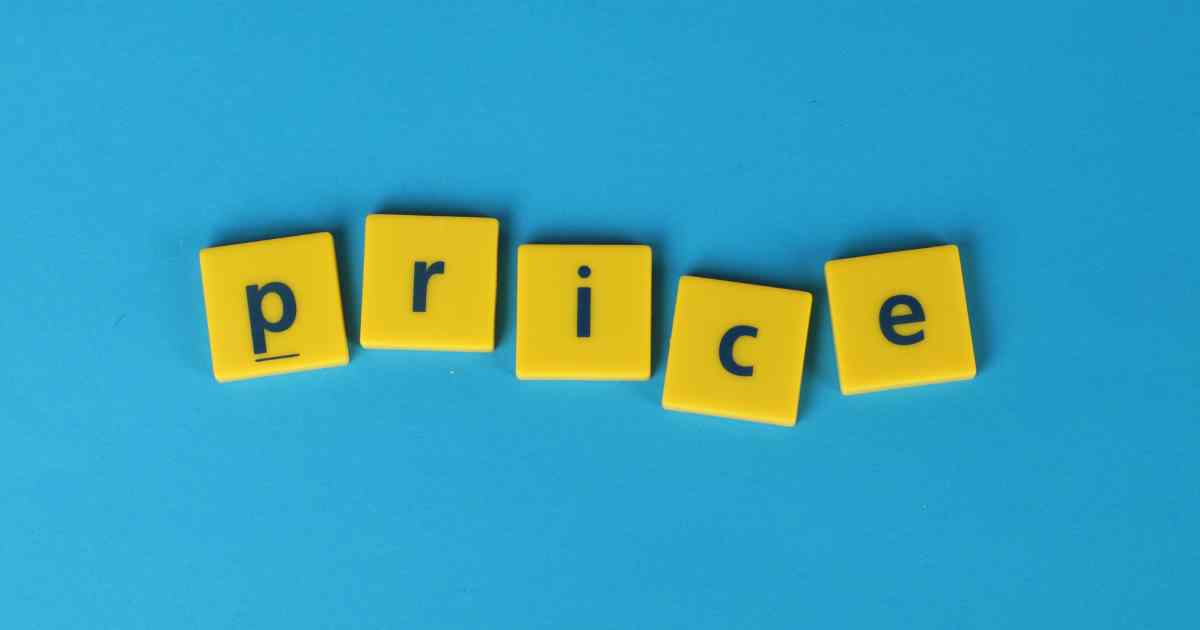Deciding how to charge people for your product or service is a very important decision. If the price is too low, your profit will be low and if it’s too high, you may lose customers. The worst thing is that pricing can affect your sales and most importantly your cash flow. It’s important to know how to price your products and services so that your business flows properly.
Price determination is the process of choosing how much something should cost. This is done by looking at the cost of the product or service, determining the quantity demanded at each price, the quality supplied and the market price range.
When you start setting your prices, ensure that the price and sale levels you set allow your business to compete and be profitable.
In this article, we look at the steps you should take to determine the price of your product and service to ensure your business is profitable.
Step 1: Calculate the costs
All the costs that come with making your product or service, directly affect the cost of the product or service. These costs are called direct costs. Direct costs include the cost of raw materials which include duty, freight or any shipping charges.
Additionally, you have to consider any labour costs that come with your product or service. Labour costs are especially important if you have a service that requires employees to fulfil the service. For example, if you have a garden service company you will need to pay people to fulfil those services.
Step 2: Calculate the cost of goods sold or cost of sales
The costs that come with goods sold or the cost of sales is a representation of the cost of producing a product or providing a service that is ready for the market. If you are a retailer or manufacturer, the costs of the goods sold include the direct costs plus costs for expenses such as general supplier, freight and factory overhead.
If your business is around transporting or wholesaling, your ‘cost of sales’ would include your direct costs and facility costs if you have a warehouse or a garage.
To calculate these costs, you will add up your raw materials or product costs, employee wages, benefits, cost of equipment or facilities and factory overhead costs like utilities.
Raw material costs + Cost of labour + amortisation expenses + factory overhead = cost of goods sold.
Cost of products + cost of labour + supplies + amortisation expenses + facility overhead = cost of sales.
Step 3: Calculate the break-even point
A break-even point is when your business reaches a point where the profits are equal to the costs. These costs include running your business and going to the market outside of manufacturing or sales volumes.
Your break-even point is calculated by taking into consideration your indirect fixed costs. These can include salaries, benefits, marketing, advertising, rent and property taxes, depreciation (office equipment) and insurance professional fees.
So basically, the break-even point is the sales you need to make to cover all your expenses and have a profit of R 0.
Indirect fixed costs/gross margin = break-even point.
Step 4: Consider your markup
Your markup is expressed as a percentage of the cost of goods sold or the cost of sales. Your markup is there to try and ensure that your company receives a high enough gross or profit margin to be able to pay for its indirect fixed costs while also earning a target profit.
Markups are usually used in retail or wholesale businesses as a way to easily price items when a store has multiple products.
Gross profit per unit/cost of goods sold per unit x 100 = markup.
Step 5: Research the competition and the market
Always take note of the competition and the market. This will help ensure your pricing aligns with the market. If you don’t take note of the competition and the market your pricing will either fall short or be too high.
Additionally, your competition has a direct impact on how you charge for your goods and services. You must know your marketplace.
Step 6: Revise your prices regularly
The entrepreneurship and business environment is constantly changing. From market trends to regulations, you have to keep up. By keeping informed of any changes, you will see where to adjust the pricing of your products or services.
When you raise prices, let your customers know why so they don’t lose trust in you. Also, if you have cut prices or kept them consistent for a while, let your customers know.
Your price determination is important to the growth and stability of your business. Always follow the above steps to ensure that your prices are in line with market expectations and that you don’t sell yourself short.

